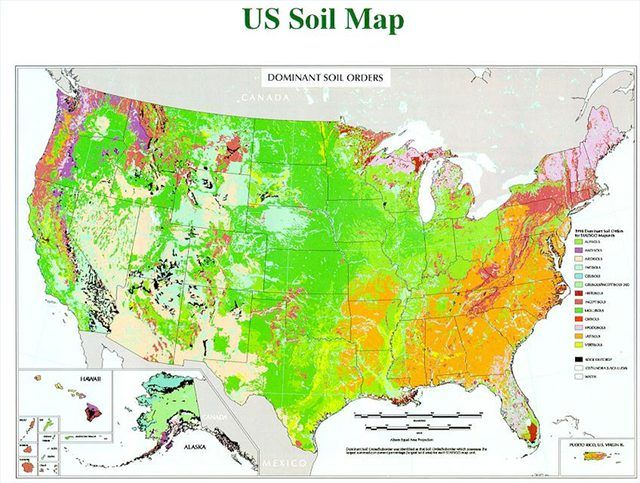Bulbs
Flower Basics
Flower Beds & Specialty Gardens
Flower Garden
Garden Furniture
Garden Gnomes
Garden Seeds
Garden Sheds
Garden Statues
Garden Tools & Supplies
Gardening Basics
Green & Organic
Groundcovers & Vines
Growing Annuals
Growing Basil
Growing Beans
Growing Berries
Growing Blueberries
Growing Cactus
Growing Corn
Growing Cotton
Growing Edibles
Growing Flowers
Growing Garlic
Growing Grapes
Growing Grass
Growing Herbs
Growing Jasmine
Growing Mint
Growing Mushrooms
Orchids
Growing Peanuts
Growing Perennials
Growing Plants
Growing Rosemary
Growing Roses
Growing Strawberries
Growing Sunflowers
Growing Thyme
Growing Tomatoes
Growing Tulips
Growing Vegetables
Herb Basics
Herb Garden
Indoor Growing
Landscaping Basics
Landscaping Patios
Landscaping Plants
Landscaping Shrubs
Landscaping Trees
Landscaping Walks & Pathways
Lawn Basics
Lawn Maintenance
Lawn Mowers
Lawn Ornaments
Lawn Planting
Lawn Tools
Outdoor Growing
Overall Landscape Planning
Pests, Weeds & Problems
Plant Basics
Rock Garden
Rose Garden
Shrubs
Soil
Specialty Gardens
Trees
Vegetable Garden
Yard Maintenance
What Type of Soil Does Alaska Have?
What Type of Soil Does Alaska Have?. Alaska is described as having Tanana earth. This term is typically used to describe an area where the soil is poorly drained and contains permafrost less than 5 feet below the surface of the soil. Alaskan soil is made up of silt, sand and gravel. The soil make-up is largely due to erosion caused by glacial...

Alaska is described as having Tanana earth. This term is typically used to describe an area where the soil is poorly drained and contains permafrost less than 5 feet below the surface of the soil. Alaskan soil is made up of silt, sand and gravel. The soil make-up is largely due to erosion caused by glacial ice, permafrost, and frozen rivers.
Soil Orders
Soil is classified into groups, or orders, based on its properties. The properties of soil refer to its texture, moisture content, organic content, and pH level. There are twelve soil orders: entisols, gelisols, histolsols, vertisols, andisols, inceptisols, ardisols, mollisols, alfisols, ultisols, spodosols, and oxisols.
The Majority of Alaska
Gelisols describes the majority of soil in the Alaskan tundra. Gelisols are typically found in high latitude polar regions. Gelisols are divided into three subcategories. Histel gelisols contain large amounts of organic matter. Turbel gelisols are produced as a result of mixing by frost action. Orthel gelisols are the most common and are soils that do not meet the criteria for histel or turbel gelisols.
Other Soil Orders Found in Alaska
Alaska is the most diverse state when it comes to soil types, containing seven of the twelve soil orders. Andisols are also found in Alaska and are a result of volcanic ash deposits. New soil with little development, or entisols, are another soil order of Alaska. Other soil orders found in Alaska are histosols, inceptisols, mollisols, and spodosols.
Plant Life in Alaska
The properties of the soil order determine the types of ecosystems which can be supported in that region. If the soil is too cold or does not get the proper nutrients, water or light, the vegetation will not thrive. If the vegetation cannot thrive, the ecosystem is likely to be effected.
Considerations
The soil in Alaska tends to be higher in organic matter, meaning it contains more nutrients. It also contains less toxins and contaminants compared to soil in more industrialized states. But the vegetation must be able to survive the poor drainage of the soil and withstand the cold temperatures of the tundra.